Complete Guide to Chicken Feed Formulation
Making your own chicken feed at home can help in cutting down on the cost of purchasing chicken feed. Formulating your own chicken feed is advantageous because you will be able to control the quality. Saving on the cost and feeding your chicken with high-quality chicken feed will ensure that you maximize profit.
Feeding chicken with formulated feed at home
Chicken feed amount to about 65% -75% of the cost of raising chicken.
Chicken require different nutrients in varying quantities at different stages of growth. The quantity of nutrients are also subject to the following factors:-
1. Age
The chicken will have different nutrient requirements at different stages of growth
2. Type of chicken
Different types, strain, and breeds of chicken will require varying nutrients and feed quantities. This maybe Pure breed, indigenous (Kienyeji) chicken, hybrid chicken
3. Reproduction
The mating activity in cockrels and the laying level in hens determine the number of nutrients needed. The feed should be formulated to ensure optimal production at this stage
4. Level of activity
The level of activity is determined by the kind production intensive, semi-intensive or free range
5. The health condition of the chicken
The health condition of the chicken affects the number of nutrients it needs. High levels of stress will also determine the dietary requirements. Stress is caused by diseases, poor air quality, unfavorable temperatures, and poor litter quality
6. Purpose
Whether you are raising the chicken for meat, eggs, breeding or ornamental (pets).
7. Season
Chicken require more nutrients during cold season than hot seasons. During cold seasons, they need to keep their bodies warm. The heat is generated during the digestion process. Some nutrients produce more heat during this process than other nutrients.
8. The energy level in chicken feed
Different food has varying amounts of energy levels. Chicken tend to feed more if the feed has low energy levels and eat less when the feed is packed with high amounts of energy
Chicken nutrient requirements
Chicken require essential nutrients for good growth and maximum production. These are:-
1. Fats
Chicken use fats for energy since fats have high energy density. A type of fat known as linoleic acid is known to improve on the egg size. Chicken need between 3% to 5% fat in their feed.
2. Carbohydrates
Chicken require energy for all the activity, growth and production. The most common way for the chicken to get carbohydrates is through feeding on grains
3. Proteins and amino acids
Proteins and amino acids are needed for muscle growth, maintenance, and development of egg protein
4. Vitamins
Chicken require vitamins are involved in all biological functions of the body. They are required in small quantities. Vitamins are essential for growth, health, and production
5. Water
This is the most important requirement since it is directly correlated to production. It is needed for absorption of nutrients, digestion of feed, body temperature regulation and excretion of waste. Water intake in chicken should be double the amount of feed taken, in weight.
6. Minerals
Chicken need minerals for body processes such as skeletal formation, health, metabolic activity and maintaining the body’s acid-base balance.
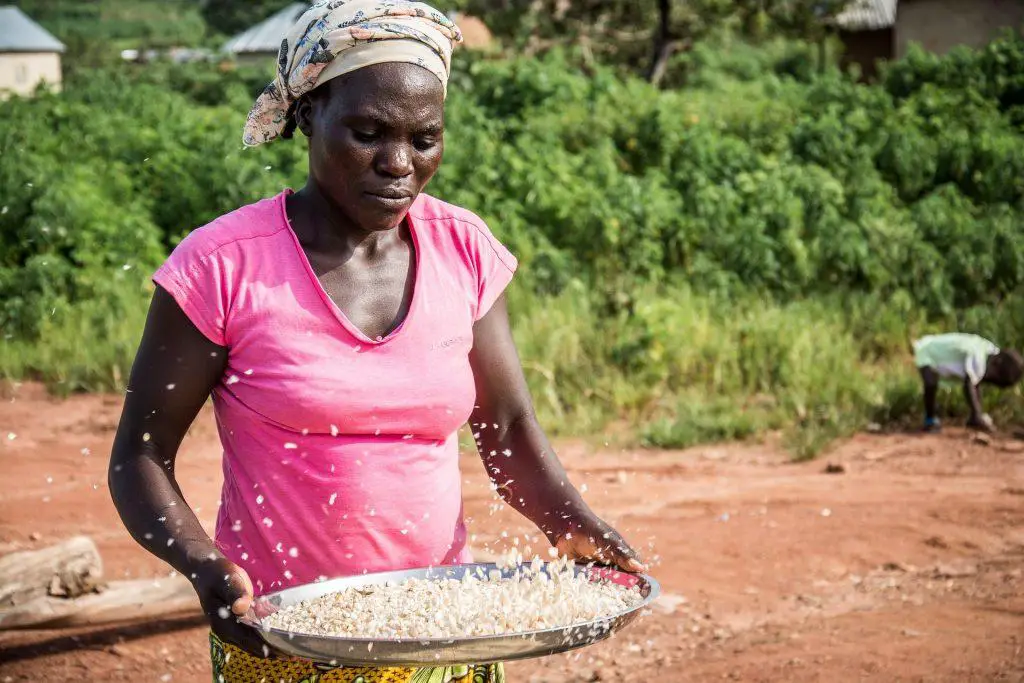
Ingredients for making chicken feed
It is advisable to use locally available ingredients for your chicken feed. In addition to using ingredients that are in season, this will help you further cut the costs of production. Farmers can grow or produce their own ingredients. Care must be taken while producing, handling and storing the ingredients, so as to avoid contamination. This will lead to a lower nutritive value of the feed and sometimes diseases
Grains
Cereal grains are used as the source for carbohydrates (energy). The most commonly used cereal grain in chicken feed is maize. Others are wheat, sorghum, and barley. Depending on availability, it is advisable to use the grains that are in season and at the right price. Please pay attention when changing grains so that they do not cause upsets in the digestive systems. This might affect productivity. Changing grains in chicken feed should be done gradually.
Some farmers have been known to grow their own grains in order to cut on costs. Whether you grow your own or buy. Make sure they are stored well, as poor storage and handling might lead to lower energy levels.
Fats
Fats and oils are used to provide energy to the chicken. Vitamins A, D, E and K are fat soluble, hence fats in chicken feed are used as “carriers” for these vitamins. Fats provide Linoleic acid, which is essential to chicken, especially in layers where it has been known to improve on egg size. Fat and oils in chicken feed are derived from animal and vegetable sources
Animal fat sources include fishmeal (Omena), lard and tallow while vegetable sources come from cottonseed cake, sunflower cake/seeds, canola, rapeseed, and soya.
Animal and Vegetable Protein
Proteins sources for chicken feed are derived from animal protein and vegetable protein
Animal protein comes in form of fishmeal (Omena), meat meal, bone meal, chicken meal, feather meal, and bone meal. Uttermost care should be taken when using the animal byproducts (meat meal, bone meal, chicken meal, feather meal, and bone meal), to avoid diseases
Vegetable protein is usually a by-product of oilseed plants whereby after the oil is extracted, the remains are used/sold as chicken feed ingredients. These include sunflower, soybean, canola etc. They come in form of cake or meal. These are cottonseed cake, soya meal, and sunflower cake.
Minerals
While some minerals are found in other chicken feed ingredients, minerals supplements are usually added to the feed to ensure that all the mineral requirements are met. These are purchased as mineral premixes and added to the feed.
Vitamins
Just like minerals, vitamins can be found naturally in some feed ingredients. To ensure that all required vitamins are provided for, vitamin premixes need to be purchased and added to the feed.
Chicken Feed Formulation
When making chicken feed, the digestible crude protein formula is used. Without going into the math, the digestible crude formula is based on the total percentage amount of protein in the chicken feed ingredients. Each chicken feed ingredient has different amounts of digestible crude protein.
Layers and broilers require a different amount of proteins at different levels of growth. Let us look at specific examples based on making 70kg of chicken feed.
The examples below are adapted fromThe Organic Farmer Magazine (2015).
Making a 70 kg chick mash (1 to 4 weeks)
Growing chicks require feed with Digestible Crude Protein (DCP) of between 18 to 20 percent. The following formulation can be used to make a 70 kg bag of layers chick mash:
Ingredients
- 31.5kg of whole maize
- 9.1kg of wheat bran
- 7.0kg of wheat pollard
- 16.8kg of sunflower (or 16.8 kg of linseed)
- 1.5kg of fishmeal
- 1.75 kg of lime
- 30g of salt
- 20g of premix
Amino acids
- 70g of tryptophan
- 3.0g of lysine
- 10g of methionine
- 70g of Threonine
- 50g of enzymes
- 60g of coccidiostat
- 50g of toxin binder
Making a 70 kg bag of growers’ mash (4 to 8 weeks)
Growers (pullets or young layers) should be provided with feed having a protein content of between 16 and 18 percent. Such feed makes the young layers to grow fast in preparation for egg laying:
- 10kg of whole maize
- 17kg of maize germ
- 13kg of wheat pollard
- 10kg of wheat bran
- 6kg of cottonseed cake
- 5kg of sunflower cake
- 3.4kg of soya meal
- 2.07kg of lime
- 700g of bone meal
- 3kg of fishmeal
Additives: 14g of salt, 1g of coccidiostat, 18g of Pre-mix, 1g of zinc bacitracin, 7g of mycotoxin binder.
Making a 70 kg bag of layers’ mash (8 weeks and above)
- 34kg of whole maize
- 12kg of Soya
- 8kg of fishmeal
- 10kg of maize bran, rice germ or Wheat Bran
- 6kg of lime
Amino acids
- 175g premix
- 70g lysine
- 35g methionine
- 70g Threonine
- 35g tryptophan
- 50g toxin binder
Layer feed should contain a Digestible Crude Protein (DCP) content of between 16-18 percent. The feed should contain calcium (lime) for the formation of eggshells (laying hens that do not get enough calcium will use the calcium stored in their own born tissue to produce eggshells). Layer feed should be introduced at 18 weeks.
Formulating a 70 kg bag of broiler feed
Broilers have different feed requirements in terms of energy, proteins, and minerals during different stages of their growth. It is important that farmers adapt feed rations to these requirements for maximum production. Young broilers have a high protein requirement for the development of muscles, feathers, and other body organs. As the broilers grow, their energy needs for fattening up increase while their protein requirements decrease. They, therefore, require high protein content in their starter rations than in the grower and finisher rations. Broilers should have feed that has between 22 -24 percent DCP.
The following guidelines can help the farmer to make the right feed at each stage of growth:
Preparing broiler growers feed (70 kg)
- 10kg of whole maize
- 16.7kg of maize germ
- 13.3kg of wheat pollard
- 10kg wheat bran
- 6kg of cottonseed cake
- 4.7kg of sunflower cake
- 3kg of fishmeal
- 2kg of lime
- 3.4kg of soya meal
- 40g of bone meal
- 10g of grower PMX
- 5g of salt
- 5g of coccidiostat
- 5g of Zinc bacitracin
Broiler starter feed (1-4 weeks)
- 40kg of whole maize
- 12kg of fishmeal (or Omena)
- 14kg of soya bean meal
- 4kg of lime
- 70g of premix
Amino acids
- 35g of lysine
- 35g of Threonine
Formulating a 70 kg bag for Kienyeji/Indigenous/Village chicken (kienyeji mash formula).
- Whole maize = 34 kg
- Soya bean = 12 kg
- Omena = 8 kg
- Maize/wheat bran = 10 kg
- Lime = 6 kg
NOTE: For farmers who have more than 500 chickens it is advisable to make 1 tonne of feed at once (there are 14 bags of feed in one tonne). To make 1 tonne of feed, multiply each of the ingredients by 14. Ensure that all the feed you make will last for one month and no longer – this ensures the feed remains fresh and safe for chickens. Any feed that lasts more than one month may deteriorate in quality and can affect your chickens.
Substituting Maize for other Grains
During some seasons, the price of maize or other grains goes up. In order to cut on costs, it is advisable to substitute maize for another grain. Maize and other grains e.g wheat, sorghum, oats primary function in feed formulations is to provide energy(carbohydrates).
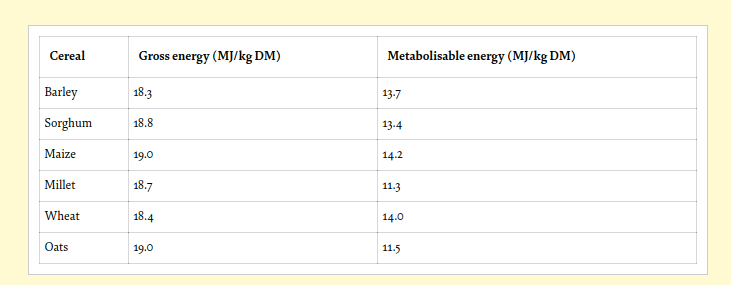
The good thing is that these grains have nearly the same energy levels, so when substituting you can replace maize with another grain in the same quantity.
When substituting your chicken feed formulation ingredient, it is advisable to make a small batch, then test on a small number of birds. Observe their performance indices. The performance indices include weight gain and the number of eggs. If the performance drops, you can tweak your formulation until you attain the ideal performance.
Where to buy chicken feed ingredients
As indicated earlier, you should use locally available chicken feed ingredients. They are usually cheaper when they are in season. Below is a list of chicken feed ingredient suppliers in Kenya.
Your local agrovet
Check your local agrovet shop for premixes, minerals, and vitamins
Essential Drugs Ltd (minerals and premixes)
Location: River Bed Park, Along Mutongoni Road, off Mombasa Rd at Athi River
Contacts: Tel. +254 20 2632701/02 ,+254722781620, +254714586969
Email: [email protected]
Website: www.essential-drugs.com
Tarime suppliers (minerals, premixes, fish meal. soya meal and all other ingredients mentioned above )
Location: City stadium roundabout, Nairobi, Young Traders Godown Behind Tuskys supermarket
Telephone: 0729 099 550 / 0712 813 877 / 0736789131
website: http://www.tarimesuppliers.co.ke
If you supply the ingredients for chicken feed, please let us know using the comment form below so that we can include you in this list
How to test the quality of your chicken feed
It is important to do trial batches first before making chicken feed in large quantities. This allows you to test the quality of your chicken feed. An easy way to test is:-
- Isolate a number of chicken.
- Feed them with your trial batch.
- Observe their performance. Broilers will add weight fast and layers will improve on egg production (the benchmark is at least one egg every 27 hours).
You can also have your feed tested in a laboratory. Kenya agricultural and livestock research organization (KALRO) has a testing laboratory in Naivasha. You can contact them using the contacts on their website http://www.kalro.org.
How to Mix Chicken Feed
It is advisable to mix the macronutrients (amino acids) first. After you can add them to the rest of the ingredients and mix.
If you are making a small batch, a shovel will do. However, for larger quantities, a shovel is not recommended as it does not evenly distribute the nutrients.
For larger quantities, use a drum mixer. Drum Mixers are either powered or manual.
You can get one fabricated by a Jua Kali fundi or you can purchase a commercial one.
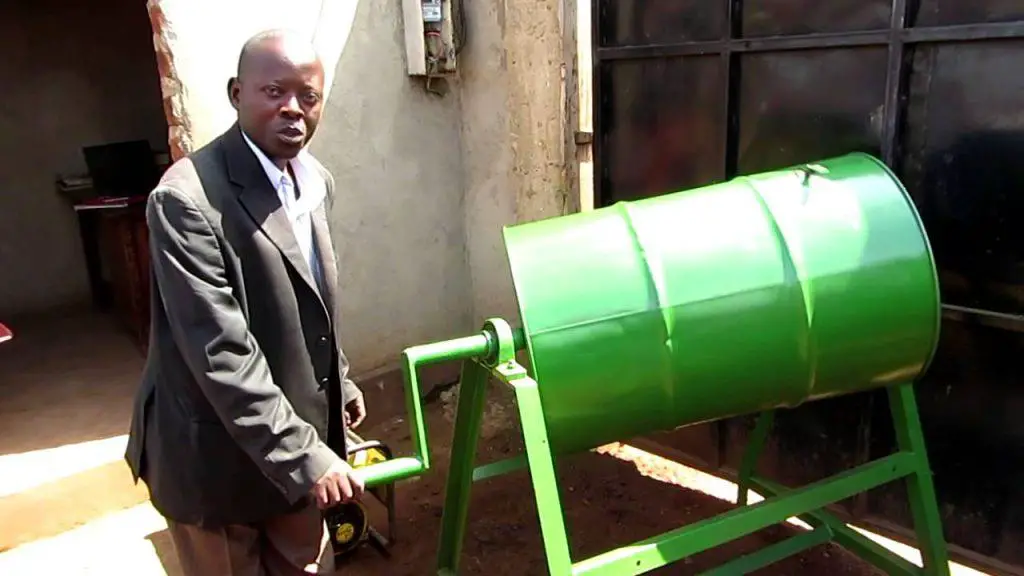
Man using a manual fabricated drum chicken feed mixer. Source: Youtube
Design for manual chicken feed drum mixer
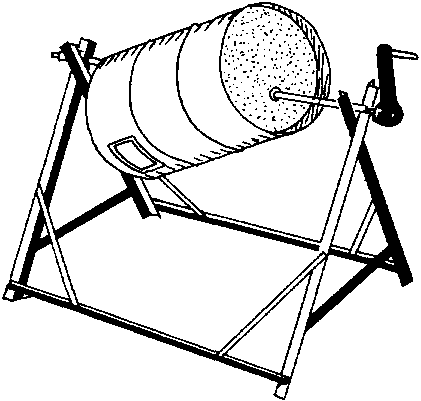
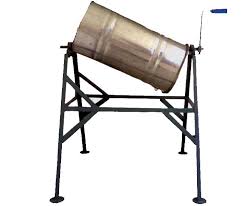
Simple manual feed mixer in action. Works for mixing 20kgs to 40kgs of feed at a time
Commercial chicken mixers are also available in the market, They use power or fuel (diesel) to power their mortar.
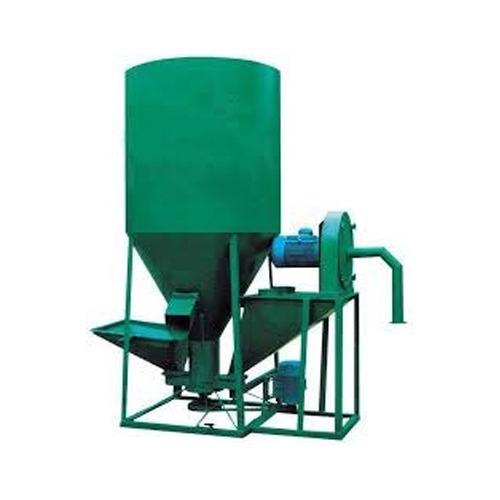
Kienyeji (Indigenous) Chicken Feeding Program.
Many kienyeji chicken farmers wonder about how much feed to give their Kienyeji flock per day. Below is the recommended Kienyeji chicken feed consumption chart.
| Age (in Weeks) | Feed per Bird per Day |
| 1 Week | 12-15 Grams |
| 2 Weeks | 15-21 Grams |
| 3 Weeks | 21-35 Grams |
| 4 to 6 Weeks | 35-50 Grams |
| 7 to 8 Weeks | 55-60 Grams |
| 16-27 Weeks | 68-80 Grams |
| 28 Weeks | 100 Grams |
Storage of poultry feed
Proper storage of chicken feed is crucial to maintain its nutritional quality, prevent spoilage, and avoid contamination that could harm your flock. Whether you’re storing commercial feed or home-mixed rations, keep the following practices in mind:
- Avoid Ground Contact: Store feed bags off the ground, preferably on pallets, to prevent moisture absorption and pest intrusion from below.
- Cool, Dry, and Dark: Store feed in a well-ventilated, dry, and shaded area to prevent mold growth and nutrient degradation. Moisture and direct sunlight can quickly ruin feed.
- Rodent and Insect Proof: Use sealed containers or feed bins made of metal or thick plastic to keep out rats, mice, and insects. These pests not only eat the feed but also contaminate it with droppings.
- First In, First Out (FIFO): Always use older feed before opening newer batches. This helps avoid wastage and ensures your chickens consume fresh, nutrient-rich feed.
- Label and Date: Clearly mark bags or containers with the type of feed and the date of manufacture or mixing to keep track of freshness.
Daily Rations for Layers and Broilers at Different Stages of Growth
Feeding the right amount and type of feed at each stage of a chicken’s growth is essential for optimum health, productivity, and weight gain.
Broilers (Meat Chickens)
- Starter (0–3 weeks):
- Feed: Broiler starter feed
- Quantity: ~40–50g per bird per day
- Crude protein: 20–23%
- High in energy and protein to support rapid early growth
- Grower (4–6 weeks):
- Feed: Broiler grower feed
- Quantity: ~80–100g per bird per day
- Crude protein: 18–20%
- Supports muscle development and continued weight gain
- Finisher (7 weeks to slaughter):
- Feed: Broiler finisher feed
- Quantity: ~120–150g per bird per day
- Crude protein: 16–18%
- Focuses on weight gain and meat quality with less protein
Layers (Egg-Laying Chickens)
- Chick (0–6 weeks):
- Feed: Chick starter mash
- Quantity: ~30–40g per bird per day
- Crude protein: 18–20%
- Grower (7–18 weeks):
- Feed: Grower mash
- Quantity: ~60–90g per bird per day
- Crude protein: 15–17%
- Formulated to avoid early egg development
- Layer (18 weeks and above):
- Feed: Layer mash or pellets
- Quantity: ~110–120g per bird per day
- Crude protein: 16–18%
- Includes calcium for strong eggshells and energy for production
Always ensure access to clean drinking water alongside any ration.
Type |
Stage (Age) |
Feed Type |
Quantity (per bird/day) |
Crude Protein (%) |
Notes |
|---|---|---|---|---|---|
Broilers |
Starter (0–3 weeks) |
Broiler starter feed |
40–50g |
20–23% |
High energy and protein for rapid early growth |
Grower (4–6 weeks) |
Broiler grower feed |
80–100g |
18–20% |
Supports muscle development and continued weight gain |
|
Finisher (7+ weeks) |
Broiler finisher feed |
120–150g |
16–18% |
Focus on weight gain and meat quality with slightly lower protein |
|
Layers |
Chick (0–6 weeks) |
Chick starter mash |
30–40g |
18–20% |
Provides essential nutrients for early development |
Grower (7–18 weeks) |
Grower mash |
60–90g |
15–17% |
Prevents early laying, supports steady growth |
|
Layer (18+ weeks) |
Layer mash or pellets |
110–120g |
16–18% |
High calcium and energy for strong eggshells and consistent laying |
Other Practices in Preparing Chicken Feed
In addition to mixing feed from standard ingredients, small-scale poultry keepers can boost nutrition and reduce costs by incorporating natural feed-enhancement methods like grain sprouting and fermentation.
1. Sprouting Grains
Sprouting involves soaking and germinating grains like wheat, sorghum, or mung beans to improve digestibility and nutrient availability.
- Benefits:
- Increases vitamin content, especially B-complex and vitamin C
- Makes protein and minerals more bioavailable
- Promotes better digestion due to activated enzymes
- Method:
- Soak grains for 8–12 hours
- Rinse and drain twice a day
- Allow 2–3 days for sprouting
- Feed as a supplement, not a replacement
2. Fermenting Feed
Fermentation uses beneficial bacteria (like lactobacillus) to pre-digest feed ingredients, enhancing nutrient absorption.
- Benefits:
- Improves gut health and immunity
- Increases feed efficiency and reduces waste
- Reduces pathogens in the feed
- Method:
- Mix feed with water in a 1:1 or 1:2 ratio
- Let sit in a loosely covered container for 2–3 days at room temperature
- Stir daily and feed once bubbling starts and a sour smell develops
These practices are especially helpful for smallholder farmers looking to maximize feed utility and boost flock health naturally.

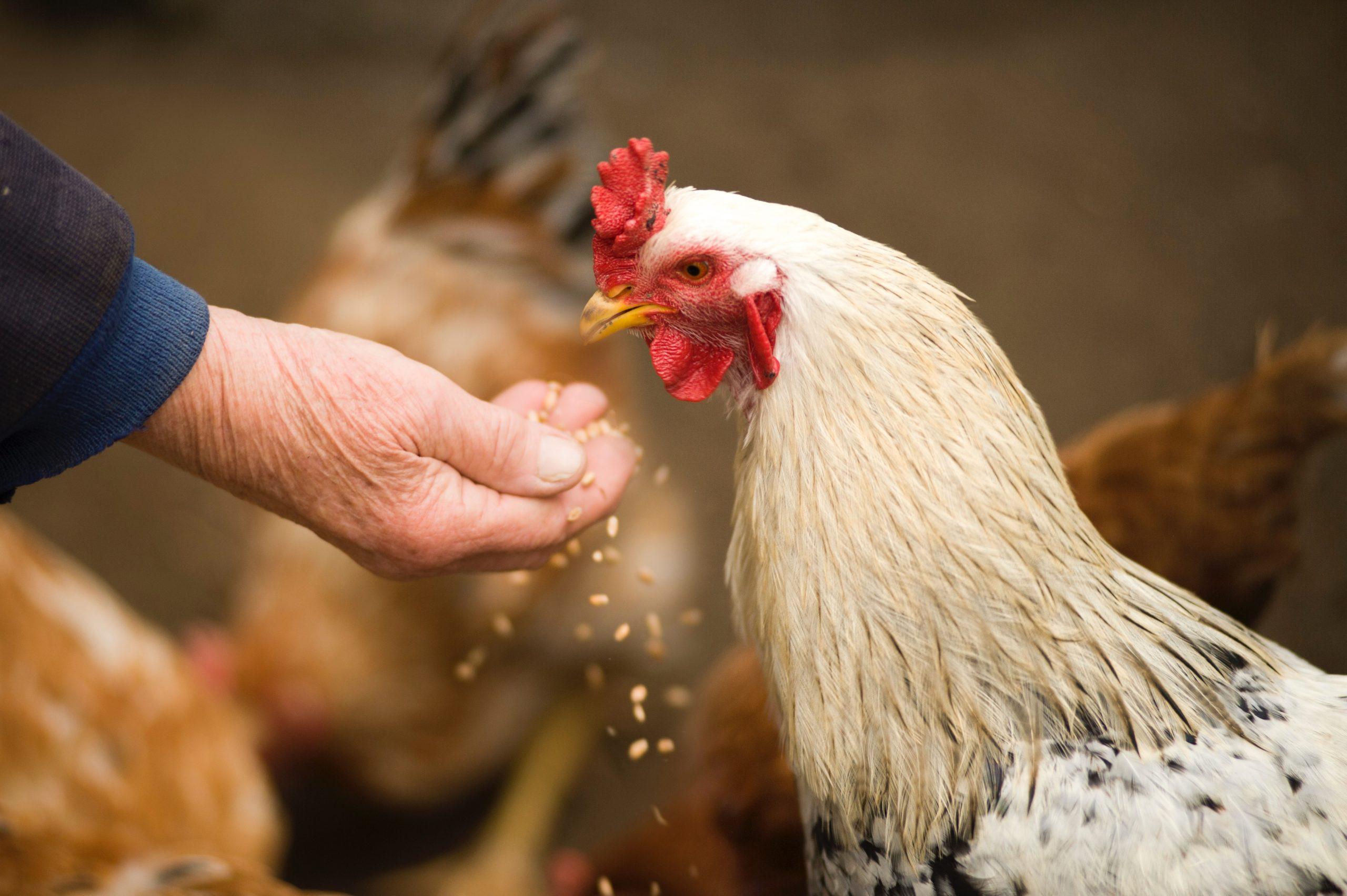
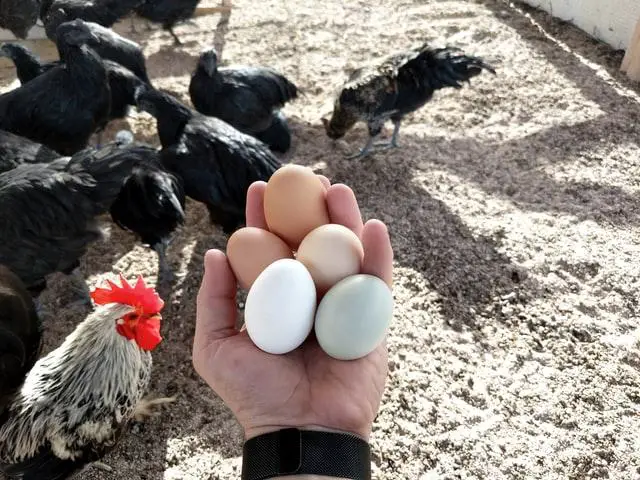
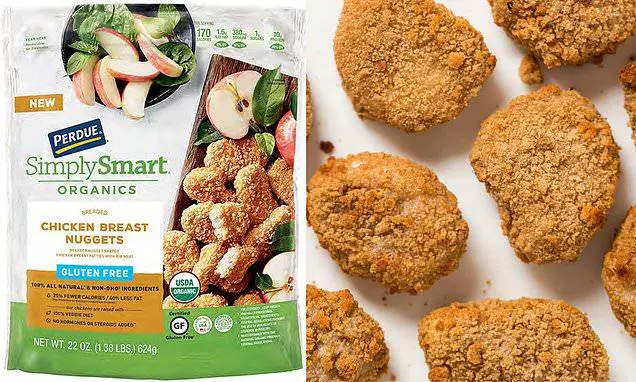
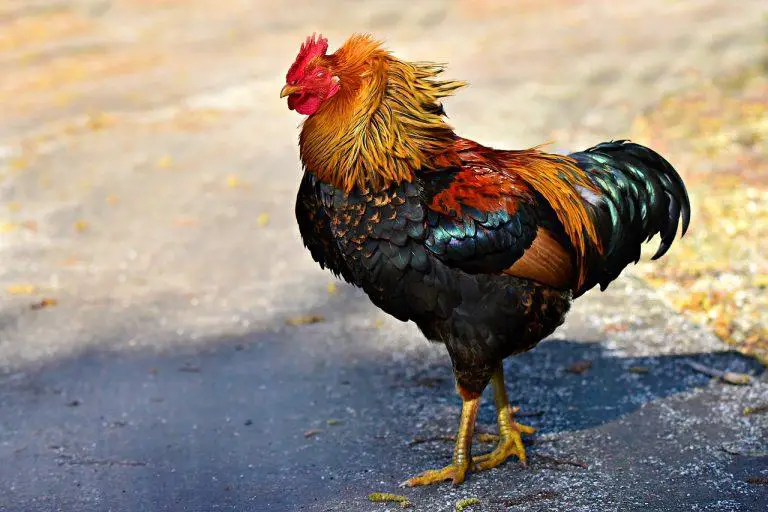
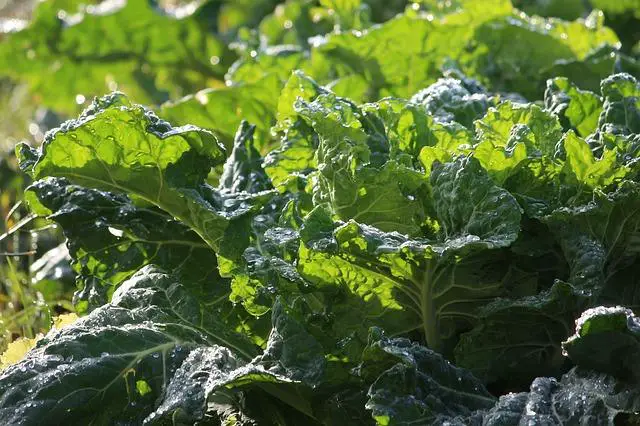
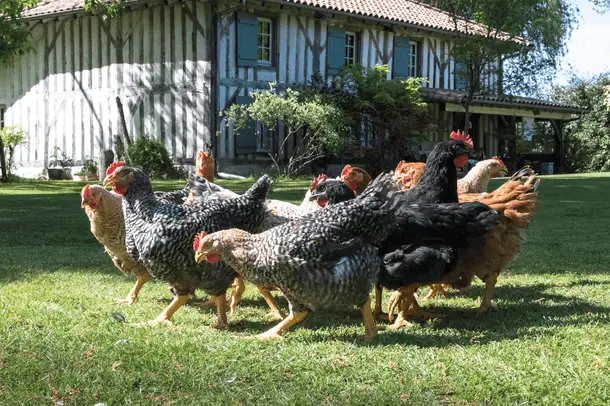
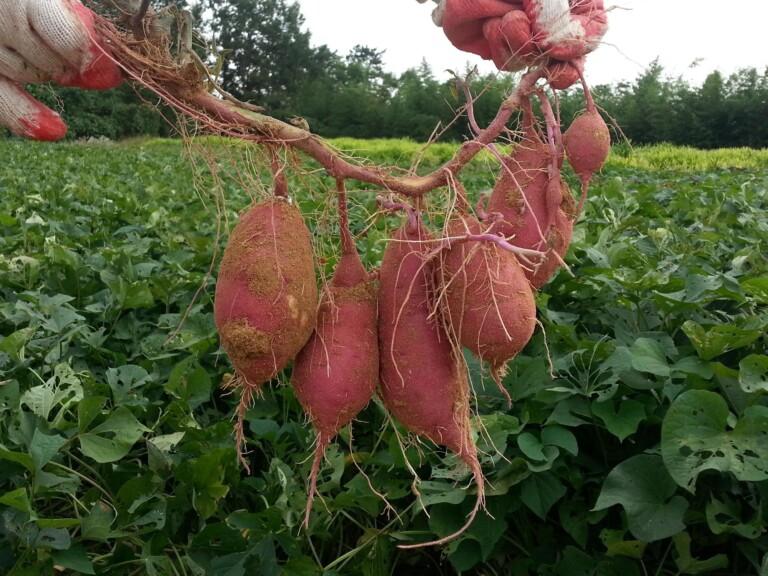
Thank you very much this information is very helpful. Keep me updated
This is great information
Am impressed with the quality information on poultry farming and its products.
hi, greetings
Thank you for the information on the chick feeders mash.
Am grateful 🙏 🥲 🙂
good job
can I use sesame seeds…
can I use sesame seeds instead of omena?
Thank you very much for the…
Thank you very much for the information.
Very useful, thank you for…
Very useful, thank you for this information
Thank you very much by…
Thank you very much by kagelelo maokha kenosi
I have gone through it…
I have gone through it though not yet practically finished with the confirmation of the feeds
i just want to know more…
i just want to know more about hydroponic folders and BSF inclusion in feeding poultry
Very helpful information. …
Very helpful information. Thank you
Hi,am new I want to start…
Hi,am new I want to start kienyeji chicken business, your info is very informative, thank you.
Very good formulation feed I…
Very good formulation feed I love that keep it off
Very enlightening…
Very enlightening information. I appreciate knowledge added. Keep up
Very informative for…
Very informative for upcoming poultry /chicken farmers.
This is good stuff. Continue…
This is good stuff. Continue educating farmers on best practices on poultry farming
Thanks for the good…
Thanks for the good information about chicken feed formulation what is the different between whole maize and maize germ can i use one rather than using both
Good and great precise…
Good and great precise informative information . Thumbs up
Very informative..what about…
Very informative..what about minerals and vitamins premixes for indigenous chicken?
Quite informative.Thank you
Quite informative.Thank you
Quite resourceful. Keep up…
Quite resourceful. Keep up with the updates
What about the improved…
What about the improved kienyeji birds. You have not discussed about their feed formulations and ingredients used.
Regards
Very informative
Very informative
Thanks . Am from uganda I…
Thanks . Am from uganda I want to start a small hatchery for indigenous chickens , I have written down feed mixers
Thanks
Thanks for the information…
Thanks for the information. And I would appreciate updates in my email
Hello, this was quite…
Hello, this was quite informative. Where can I get a manual mixer? I stay at Mlolongo.
Thanks for reading. You can…
Thanks for reading. You can get a welder to fabricate for you the mixer. They are several welding places in Mlolongo
You buy the material, they do the work. We have updated the article to include a video of a manual feed mixer in action.
This is very useful…
This is very useful information for poultry farmers. Its more economical to formulate chicken feeds with locally available materials than purchasing.
About kienyeji,does it mean…
About kienyeji,does it mean I feed the chicks the same type of feed as of grown chicken?
Yes Rusila, they need…
Thanks, Rusila for the question. Kienyeji Chicken need different feed formulation at different stages. We have written “How to Start Profitable Kienyeji Chicken Farming in Kenya. Download FREE Business Plan” (Click on the link to open) article here that explains the nutritious needs for Kienyeji chicken and debunks the myth of “Kienyeji mash”.
great work
great work
Very informative and well…
Very informative and well explained. Thanks
Simple and informative. Very…
Simple and informative. Very helpful for beginners venturing into backyard poultry farming.
Very helpful
Very helpful
I like everything about this…
I like everything about this informative article , very useful indeed for anybody who wants to venture into commercial poultry rearing.
Maurice Ouma.
Very informative, thanks
Very informative, thanks
A good effort
A good effort
Great information. . Very…
Great information. . Very useful
Like equipment advert part
Like equipment advert part
Very informative
Very informative
thanks am great full for the…
thanks am great full for the information.
Appreciated
Appreciated
Very informative
Very informative
This information is very important for poultry farmers and I appreciate it very much! keep up the good work.